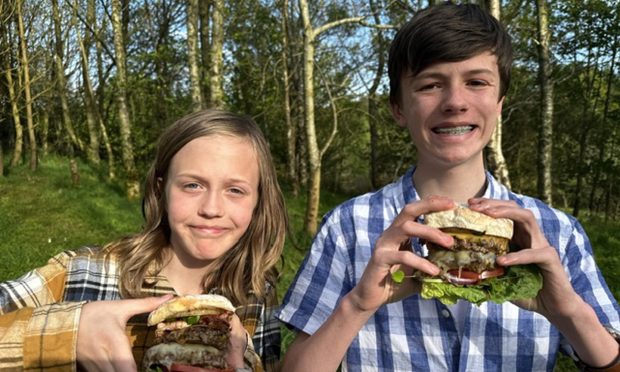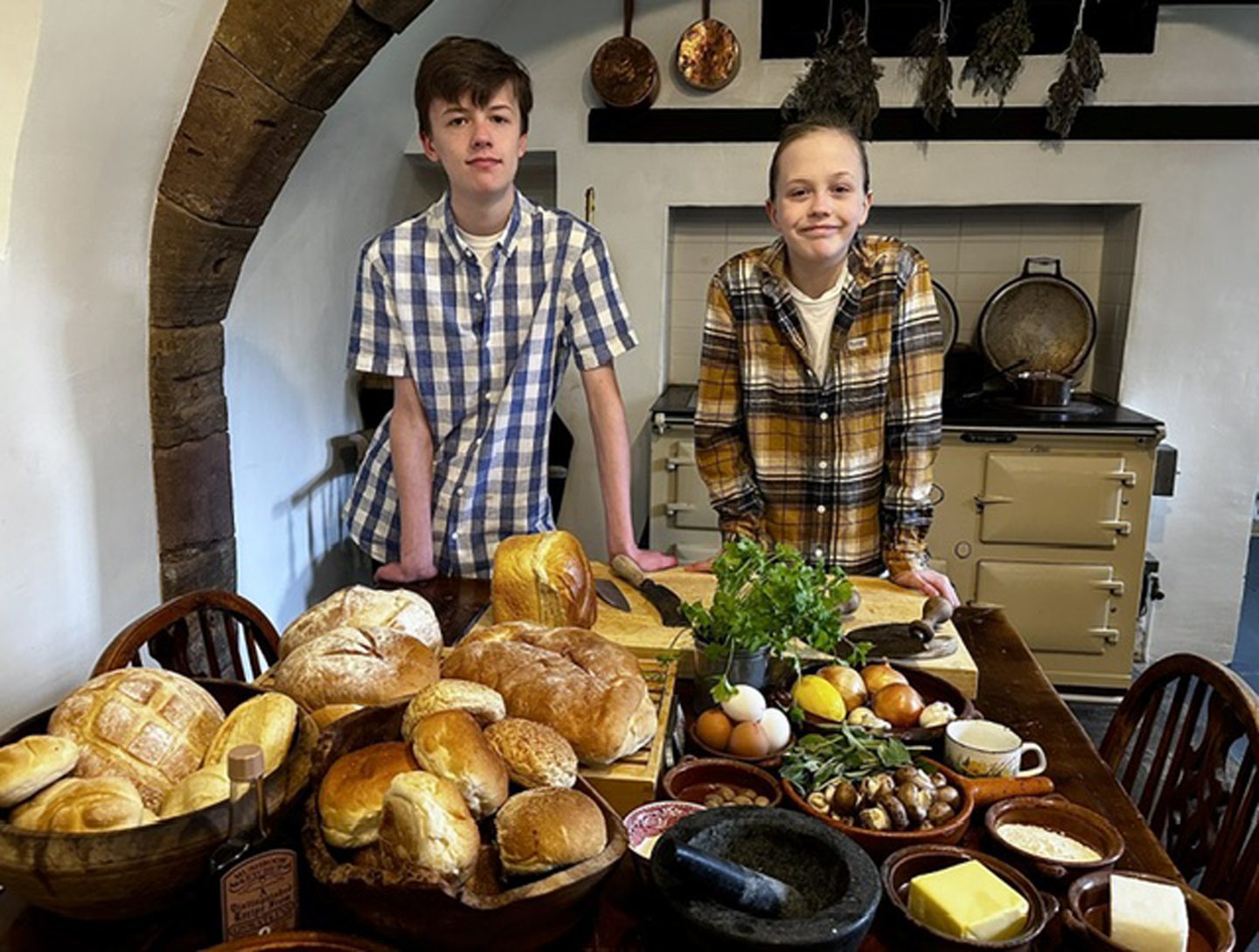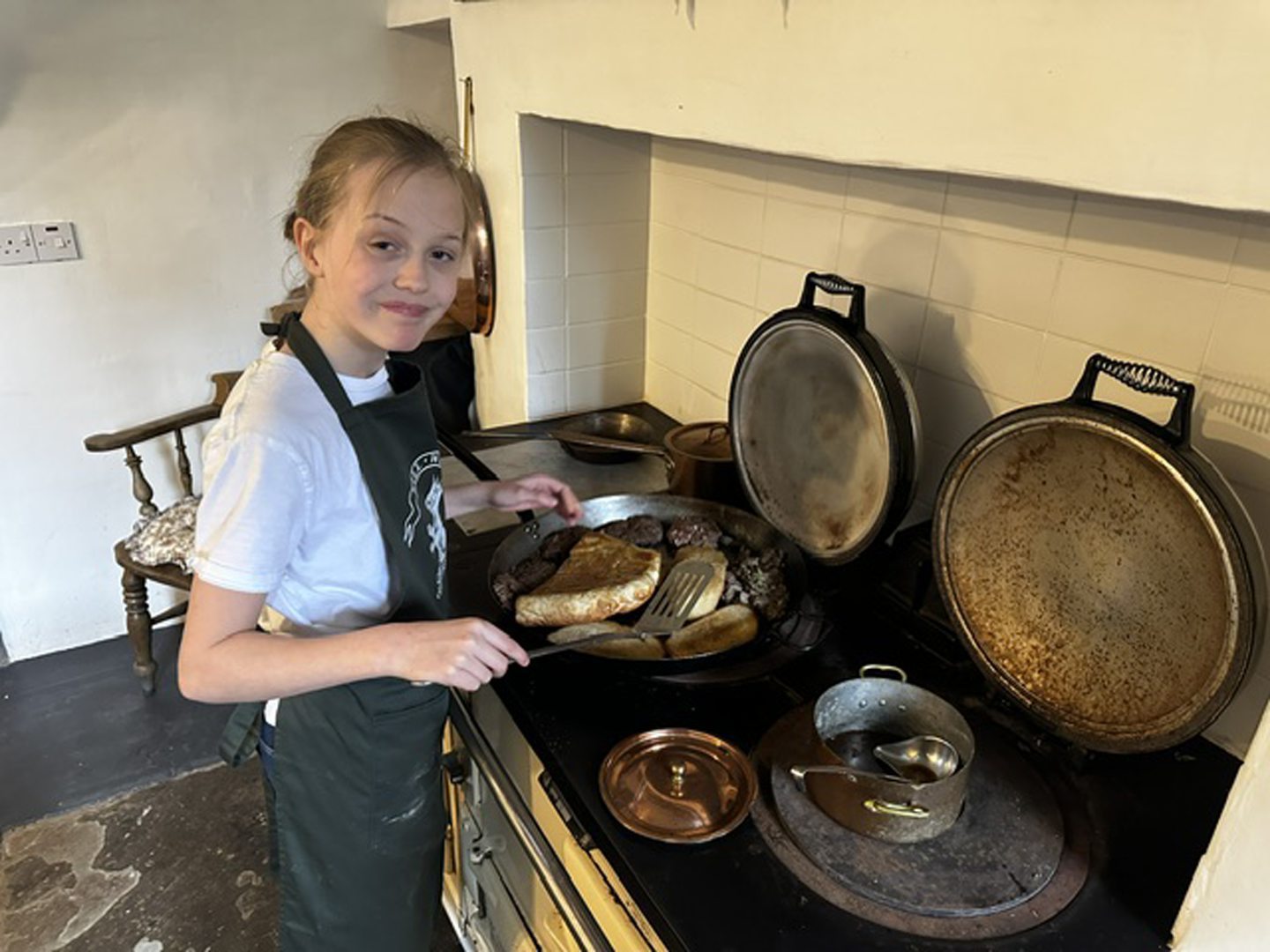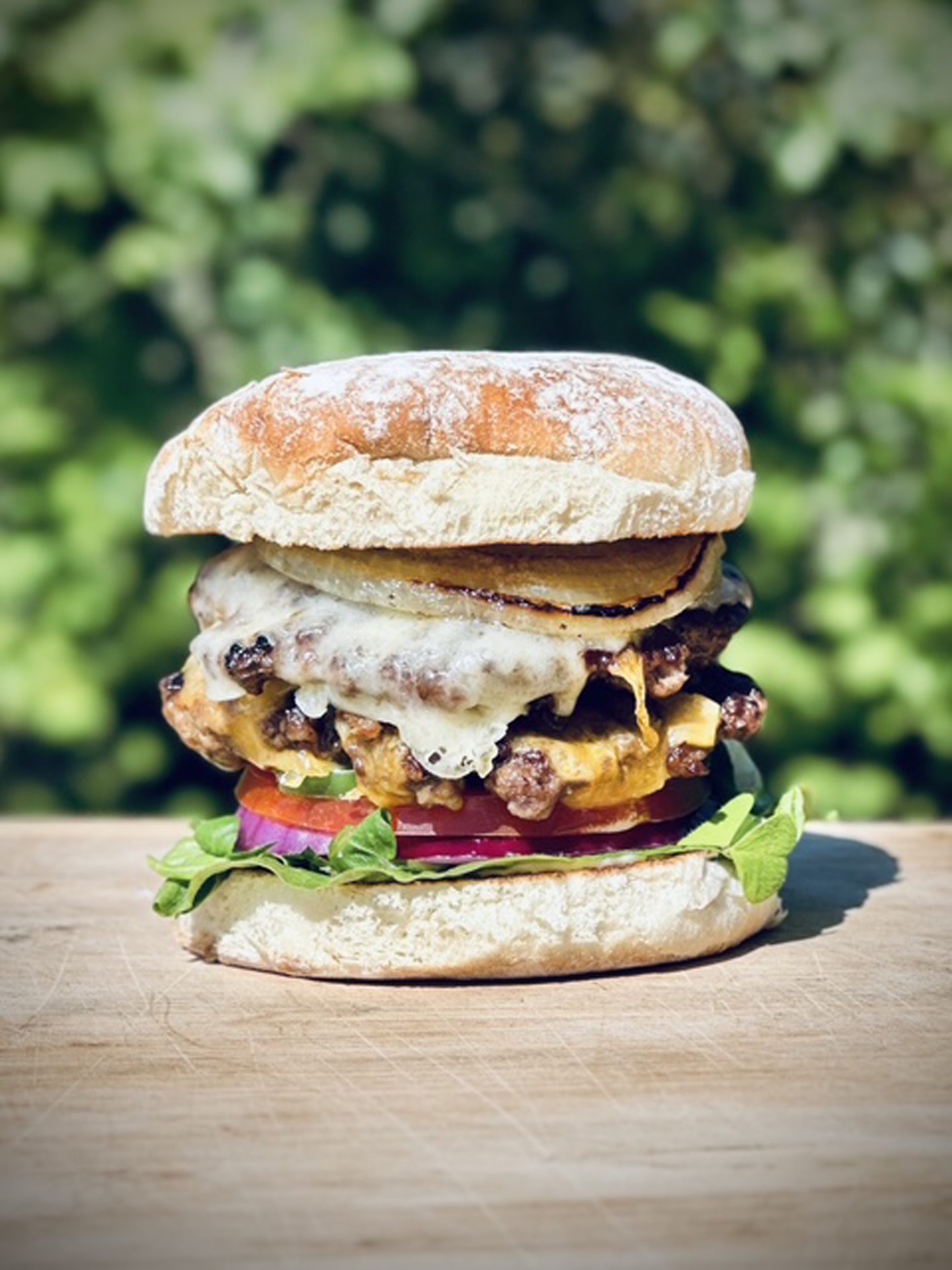Two boys from Turriff may rock the world of culinary history by proving – they think – that the hamburger is Scottish.
Most believe that the hamburger’s origins are American. The rest assume that it has something to do with the German port city of Hamburg.
So how, have two Turriff Academy pupils found the truth, where every food historian and burger scholar has failed?
Perhaps part of the answer is that Ollie, 15 and Harry, 12 had no preconceptions about its true origin.
They weren’t burdened with a desire to ensure its cultural identity as American, or reinforce its lineage back through the waves of German immigrants leaving Hamburg with steak tartar.
Instead, the Ferguson brothers looked for the origins of the words ‘Hamburg’ and ‘beef’, and spent several months picking through articles and books dating as far back as the 1600s, trawling through American, British and German newspaper archives – the latter with the help of German friends.
They looked through historical cookbooks for similar dishes from the 17th, 18th and 19th centuries, and were even granted rare access to special book collections in the 17th century Craigston Castle near Turriff.
Ollie and Harry have filmed documentary with their findings
They’re also no ordinary boys. For an entire decade they have challenged, tried, built, experienced and explored their way through an impressive list of 500 adventures dreamt up by their parents.
So far they have completed 473 of these, broken two world records, written a book, sent Lego into space, and sailed an autonomous boat around Antarctica.
In this adventure, their original goal was to create the perfect burger. They didn’t know when they started that their efforts would potentially rewrite the history of the culinary classic.
The more research they did, the deeper down the rabbit hole they went.
In fact, they have now been compiling data on the true origins of the hamburger for almost a year, uncovering references that have been completely missed by authors and food historians.
Ollie and Harry have created a short documentary to present their findings.
“We’ve opened up a real can of worms,” said Harry. “Some of our findings will ruffle a few culinary feathers.”
‘No evidence linking hamburgers to Hamburg’
Firstly, they say that every current claim regarding the historical timeline of the hamburger is incorrect.
“Our research shows that the timeline of the burger can be completely rewritten. The majority of claims of invention should be discounted due to a lack evidence,” said Ollie.
Despite many people’s assumption that hamburgers have their roots in late 19th century America, Ollie and Harry argue that this is in fact wrong.
Though they found references as far back as 1890 citing the hamburger sandwich as a recommended food for children or convalescents in American newspapers, its origins lie somewhat closer to home.
And it’s not Germany either.
“The name hamburger is often linked to German immigrants who brought the dish to America,” said Ollie.
“Some thought it was linked to the port they departed from. Or the Hamburg-America Line.
“However, these claims lack verifiable sources and may be guesswork.
“There’s currently no evidence linking hamburgers to Hamburg through immigration, and searching through German archives there seems to be no comparable dish from that period.”
Harry added: “In Germany, minced beef patties seasoned and fried are known as frikadeller.
“If hamburgers were a variation of this traditional German food, immigrants would likely use the same name.
“If we moved to the US and were missing the taste of haggis, we wouldn’t recreate a haggis then rename it after Heathrow Airport – we’d call it a haggis.”
Ollie and Harry’s painstaking burger research took them from the archives to the kitchen
So where IS the hamburger from?
The clue, according to Ollie and Harry, lies in British cookbooks of the 18th and 19th centuries, which point to the key components of a proto-burger being ground, seasoned beef, fried and served with bread.
So any recipe they found which matched this description could technically be the earliest version of a burger.
The boys scoured archives for relevant recipes and managed to find over 20 recipes matching this description, all pre-dating the earliest mention of ‘hamburger’ in the USA in 1890.
The boys made a shortlist of five dishes using a grading system. These were: loaf of beef collops (1759), patties in fried bread (1829), forced roll (1845), corner dish of minced meat (1862), and hot sandwich (1872).
Not content to simply read the recipes, Ollie and Harry actually made from scratch and tasted each of them.
Harry said: “The two dishes that stand out to us as most like a burger are the corner dish of mincemeat from 1862 and the patties in fried bread recipe from 1829, which was actually the recipe that felt and tasted most like a burger.”
Ollie added: “All the recipes that we looked at were from the UK, but the two dishes that we feel are most like the modern day hamburger both come from Scotland.
“We’re confident in the facts and the logic behind the recipe choices.
“It all leads us to a stunning revelation: the burger’s origin is firmly rooted in late 18th and early 19th century Scottish cookery.
“America, you’ve held the baton for over 130 years – it’s time to give it back to Scotland.”
‘Most people have never eaten a hamburger’
But it doesn’t stop there.
Ollie and Harry claim to have found that most people have technically never eaten a hamburger.
“There are numerous records of Hamburg regarding beef in both UK and US cookbooks and newspapers between 1750 and 1850,” said Ollie.
“But none of these refer to a cooked round beef dish served in bread.”
Harry added: “Based on our research, to qualify as a true hamburger, it must meet specific criteria.
“It must be from Holstein cattle – Holstein cattle exported from Hamburg were prized in international markets like London.
“It must be made ‘Hamburg-style’ from cured, smoked or salted beef. And the burger must be roasted.
“So if this is correct, it leads to one startling conclusion: that most people have never eaten a hamburger.”






Conversation